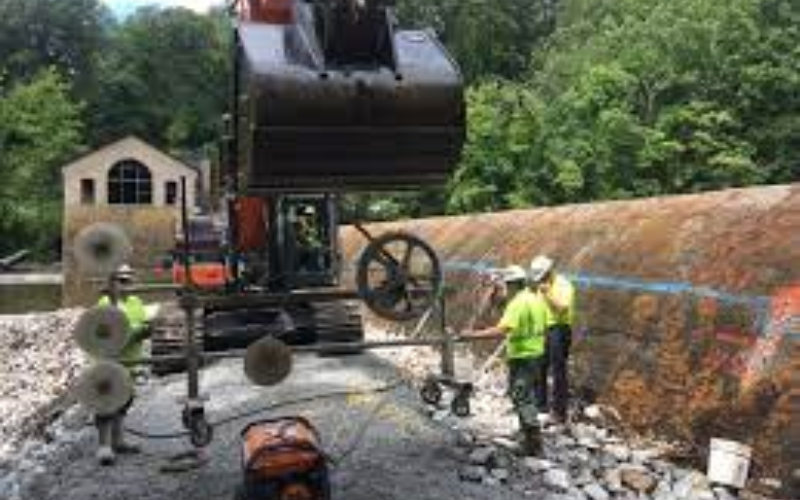Improper installation of exterior envelope elements can jeopardize even the best design details and specifications. Such improper installations occasionally reflect inadequate care by the installer, but more frequently, they result from the installer’s misunderstanding of how specific systems should be integrated, or from inadequate coordination between several sub-contractors executing different tasks at the same locations.
PL: BECS utilizes its extensive familiarity with the intricacies of various enclosure systems to assist general and specialty contractors in properly installing all elements of a project’s exterior enclosure. Services in this phase may include a review of shop drawings for project-specific flashings or window systems, a review of the contractor’s submittals of proposed products or product substitution requests, installation inspections and documentation, preparation of sketches depicting recommended installation sequences for complex junctures, and related tasks.
PL: BECS visits project sites as needed to provide installation guidance, and to document the ongoing installation of the various elements through photos and video documentation. Highly detailed site reports identify deficiencies observed as well as provide detailed recommendations for corrective actions. PL: BECS’s involvement in the construction phase has always resulted in substantial quality improvements, eliminating problems before they occur.
The Importance of Construction Oversight
Construction monitoring is important for several reasons. To begin with, it ensures that all phases of construction are carried out in accordance with the finalized blueprints and specifications, which cuts down on costly mistakes, rework, and delays.
Second, it helps comply with safety regulations, protecting both current and potential building occupants.
Thirdly, construction monitoring enables effective cost control by revealing and fixing issues that could cause cost overruns. The ultimate goal of construction monitoring is to ensure that projects are completed under budget, on time, and to the desired quality.

Key Responsibilities of Construction Oversight
The construction process requires a wide range of tasks to be overseen and monitored. These commitments are comprised of:
- Verifying that building plans and specifications adhere to applicable laws and requirements.
- Monitoring the construction site’s progress, quality, and safety by doing routine inspections.
- Finding and fixing deviations from predetermined plans, specifications, or quality requirements.
- Coordinating and overseeing the work of vendors, contractors, and subcontractors to guarantee smooth operation and timely project completion.
- Checking that modifications to the work scope still meet the needs of the project and gaining approval to implement them.
- Maintaining detailed logs of construction activities, inspections, and issues and their resolutions.
Quality Assurance and Compliance
One of the primary goals of construction oversight is to guarantee quality control and adherence to all applicable regulations and guidelines. Professionals in charge of construction oversight perform thorough inspections of all aspects of the building process to guarantee that the work, materials, and craftsmanship all meet or surpass expectations.
They conduct audits, tests, and inspections at various stages of the project to identify problems or discrepancies from the expected quality level. By enforcing quality assurance and compliance, construction oversight helps prevent defects, guarantees the building’s long-term viability and usefulness, and protects the interests of all parties involved.

